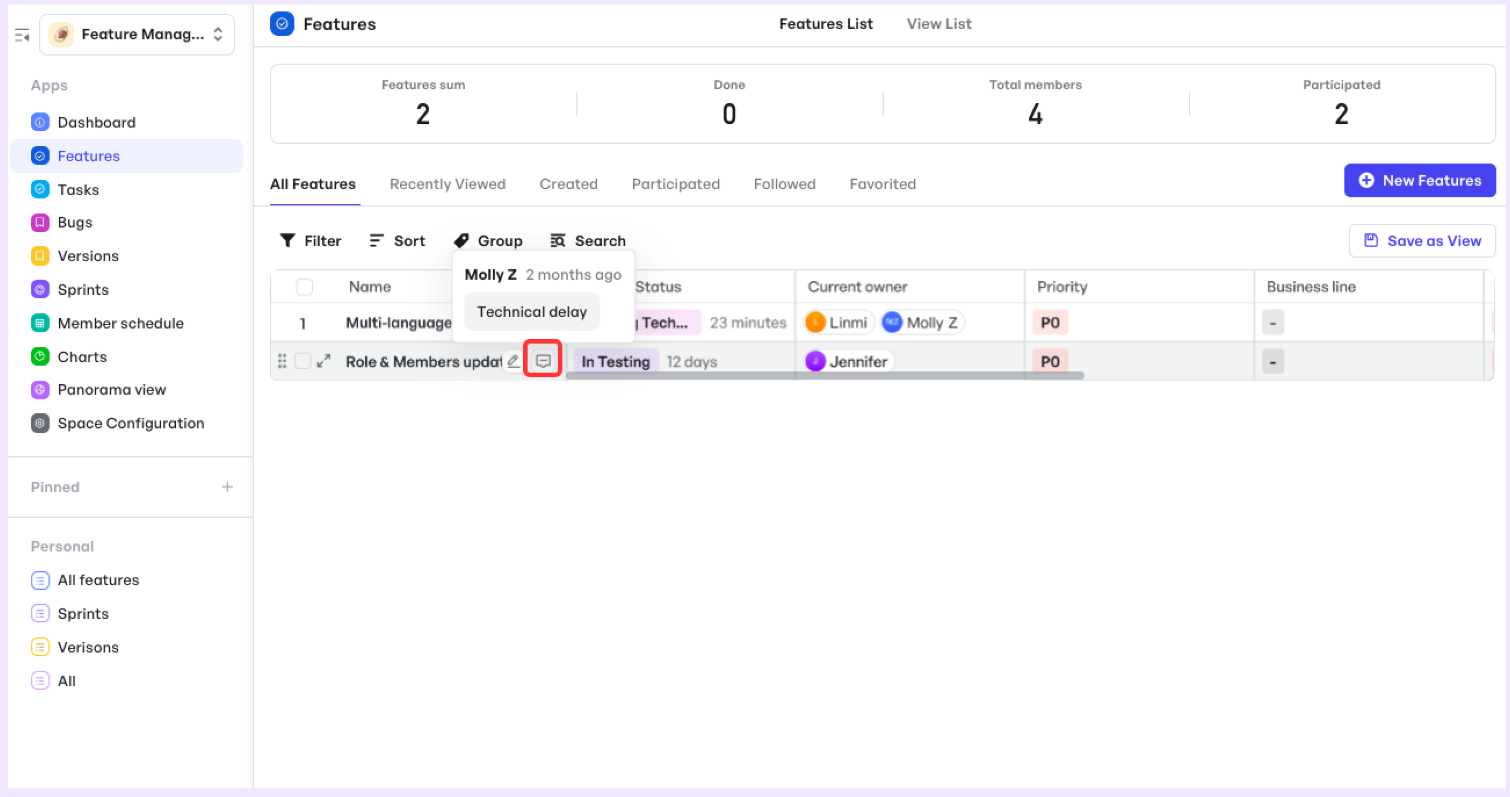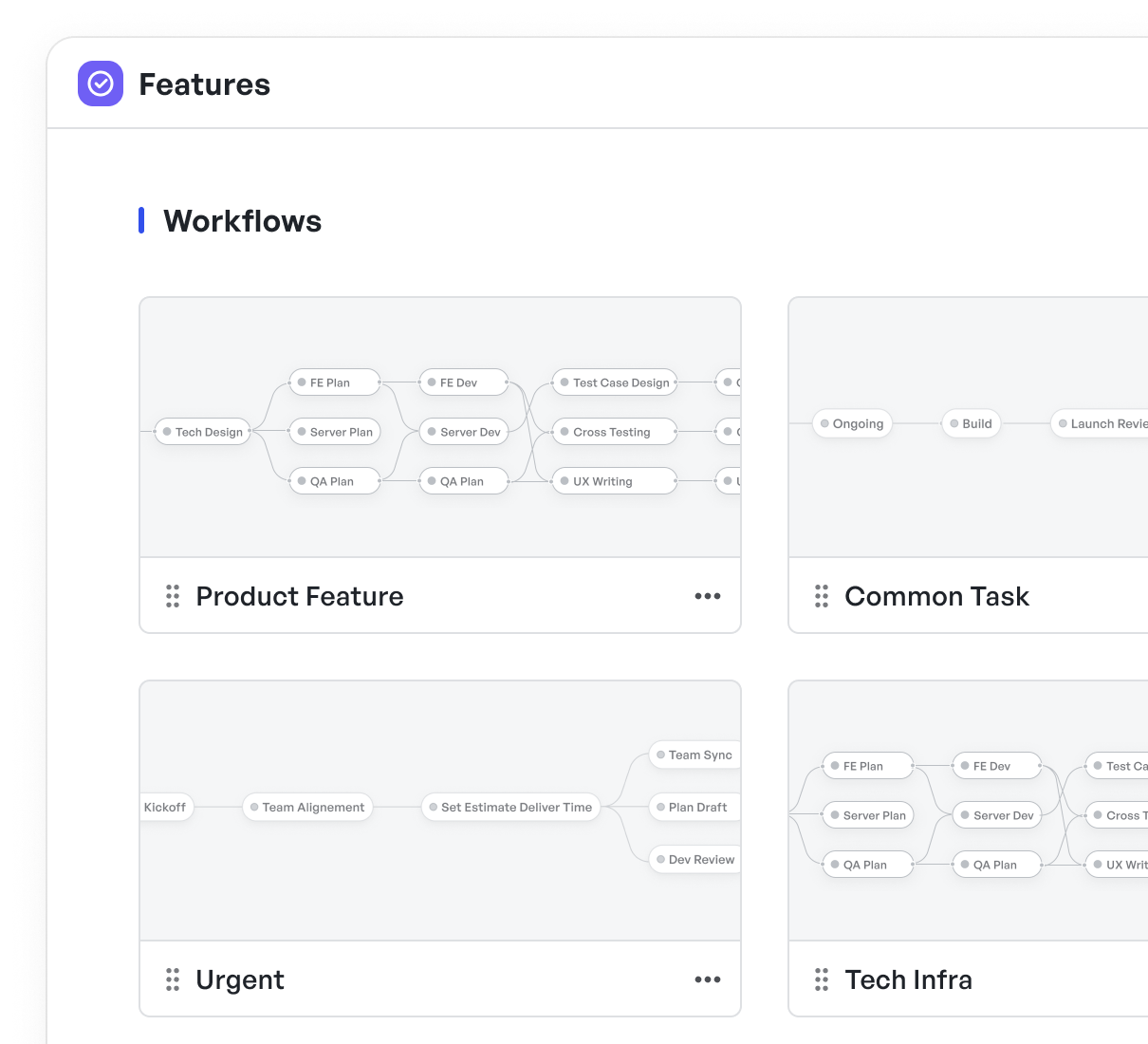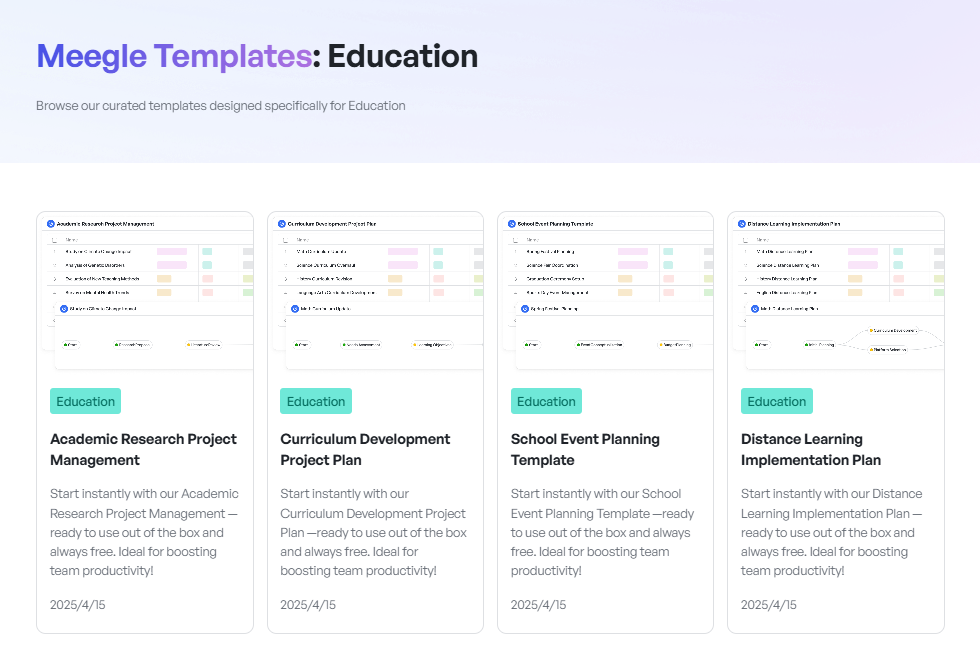How to Implement Feature-Driven Development in Education

In the fast-evolving education sector, managing complex projects efficiently is essential to meet the growing demands of digital transformation, curriculum updates, and operational improvements.
Feature-driven development (FDD), an Agile methodology, offers a structured approach to software and project delivery that can benefit educational institutions and ed-tech companies alike.
This article explores how FDD fits into the education industry’s unique needs and how it can help decision-makers improve project clarity, collaboration, and timely delivery.
What is Feature-Driven Development in Education?
Feature-driven development is an Agile project management method focused on delivering tangible, client-valued features through iterative planning and development.
Unlike broader Agile frameworks, FDD emphasizes short, feature-based cycles that encourage frequent progress tracking and accountability.
In education, where stakeholders range from academic staff to IT teams and external vendors, this clear focus on features ensures that projects remain aligned with learning objectives and institutional goals.
Why Feature-Driven Development Works for Education Projects
Educational projects often involve multiple teams working across curriculum design, software development, student management systems, and compliance requirements.
FDD’s emphasis on defined, measurable features helps break down these complex initiatives into manageable components, which can be planned and tracked more efficiently.
Benefits of FDD in education include:
- Clear visibility of project progress through feature status updates
- Enhanced collaboration among curriculum designers, developers, and administrators
- Early identification of potential roadblocks or scope issues
- Structured planning that supports compliance with education standards
Suggested Read:👉Scrum in Education: Enhance Collaboration and Student Engagement
Implementing Feature-Driven Development in Education: Key Steps
To adopt FDD successfully within education-focused projects, organizations typically follow five main steps. These help align teams and ensure that development efforts address the most critical features first.
Here are the main steps involved:
1. Develop an Overall Model
Collaborate with stakeholders to create a high-level understanding of the project scope, including key modules and processes such as student enrollment, content delivery, or assessment tracking.
2. Build a Feature List
Break the system into small, client-valued features, such as “log in to the dashboard” or “generate invoice PDF.” They must be meaningful, independent, and traceable.
A dedicated feature management workflow can help teams structure these items, prioritize them based on business impact, and link them to delivery milestones using built-in task tracking and version control.
 Feature list view that’s structured within Meegle’s feature management workflow
Feature list view that’s structured within Meegle’s feature management workflow3. Plan by Feature
Prioritize features based on their business value and technical dependencies, taking into account the specific timelines of the education sector, such as academic calendars, enrollment periods, and exam schedules.
Each feature gets an owner, a timeline, and dependencies - an approach that benefits from granularity in project management, where breaking down tasks into finer levels helps improve estimation and alignment.
4. Design by Feature
Develop detailed designs for each feature, focusing on clear and comprehensive requirements that address both user needs and technical constraints.
This includes mapping out user interactions, creating wireframes or prototypes when applicable, and collaborating closely with educators, administrators, and developers to ensure the design supports educational goals while remaining feasible to implement.
5. Build by Feature
Develop, test, and deploy each feature in short iterations, enabling teams to gather feedback early and often. This iterative process allows for continuous improvement and adjustment based on user input and real-world use, helping to maintain quality and relevance.
Regular testing ensures features meet performance and usability standards before full release, minimizing disruptions to ongoing educational activities.
This disciplined yet flexible approach suits educational institutions aiming to deliver software or operational projects with predictable outcomes and frequent stakeholder engagement.
Managing Risks and Issues During Feature-Driven Development in Education
Even with well-planned feature cycles, education projects can encounter unexpected challenges that delay progress. Establishing a clear issue resolution process is critical to minimizing disruptions.
Templates like the Issue Resolution Template provide a step-by-step framework for identifying, prioritizing, and resolving issues effectively across diverse teams, ensuring development stays on schedule.
 Effectively managing risks and resolving issues keeps education projects on track during feature-driven development
Effectively managing risks and resolving issues keeps education projects on track during feature-driven developmentSuggested read:👉Risk Management in Different Methodologies
Visualizing Education Projects with Agile Workflows
One challenge in education projects is keeping all team members aligned despite the involvement of diverse roles ranging from IT staff to educators and compliance officers.
Visualizing workflows using tools that support Agile methodologies, such as FDD, can clarify responsibilities and track task progress.
For instance, using a visual workflow tool helps:
- Show how each feature moves from planning to development and deployment
- Track task ownership and deadlines clearly across teams
- Facilitate communication by displaying project status in a centralized, accessible manner
Educational organizations that adopt this approach reduce confusion and increase transparency, resulting in smoother project delivery.
 Workflow visualization in Meegle
Workflow visualization in MeegleChoosing the Right Project Management Tool for FDD in Education
Not all project management tools fit the needs of education teams applying feature-driven development. Tools that are either too complex or too simplistic can cause friction. The ideal platform should provide:
- Flexible configuration to accommodate diverse workflows and roles
- Visualized workflow management that reflects feature progress and dependencies
- Ease of use to encourage adoption by both technical and non-technical users
This balance is especially important for educational institutions where teams vary in software familiarity.
How Visual Workflow Templates Support Feature-Driven Development
Templates designed around Agile workflows can accelerate the setup process and provide a consistent structure. For education teams, several ready-to-use templates are available to help manage different types of projects and support feature-driven development, such as:
- Academic Research Project Management
- Curriculum Development Project Plan
- School Event Planning Template
- Distance Learning Implementation Plan
 Education templates in Meegle
Education templates in MeegleHaving such templates allows education teams to quickly adopt FDD practices without extensive setup, making it easier to focus on delivering value through prioritized features.
The Value of Feature-Driven Development for Education Leaders
Education projects require timely delivery, clear workflows, and effective collaboration among diverse teams. Feature-driven development provides a structured approach that focuses on measurable progress through feature-based cycles, enabling efficient meeting of these demands.
If your organization is seeking a flexible and intuitive approach to managing complex educational projects using Agile methodologies like FDD, consider solutions that integrate visual workflow management with robust configuration options.
Try Meegle to reduce delays and miscommunication in education teams with visual FDD workflows.
The world’s #1 visualized project management tool
Powered by the next gen visual workflow engineRead More
Check All BlogsStart creating impactful work today



